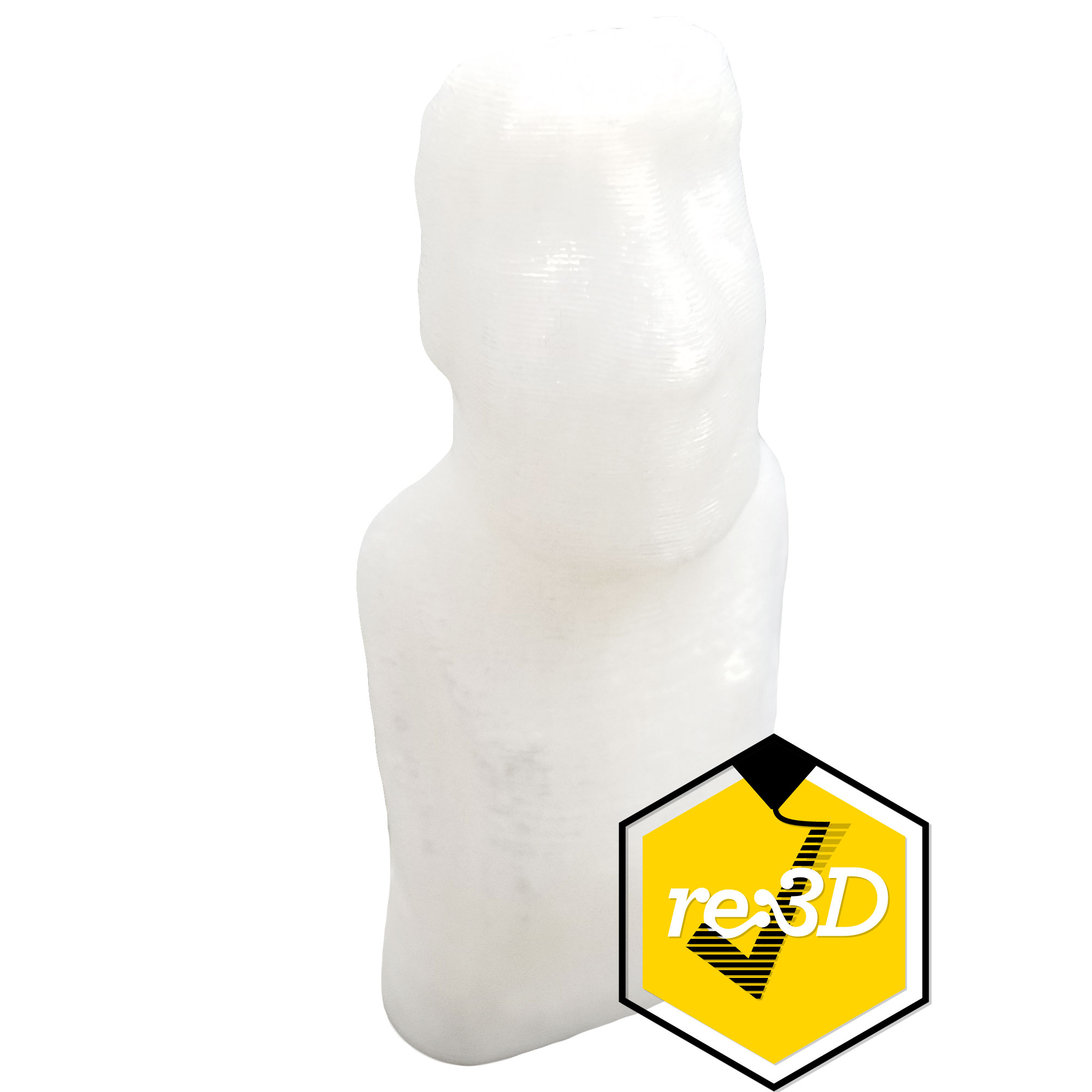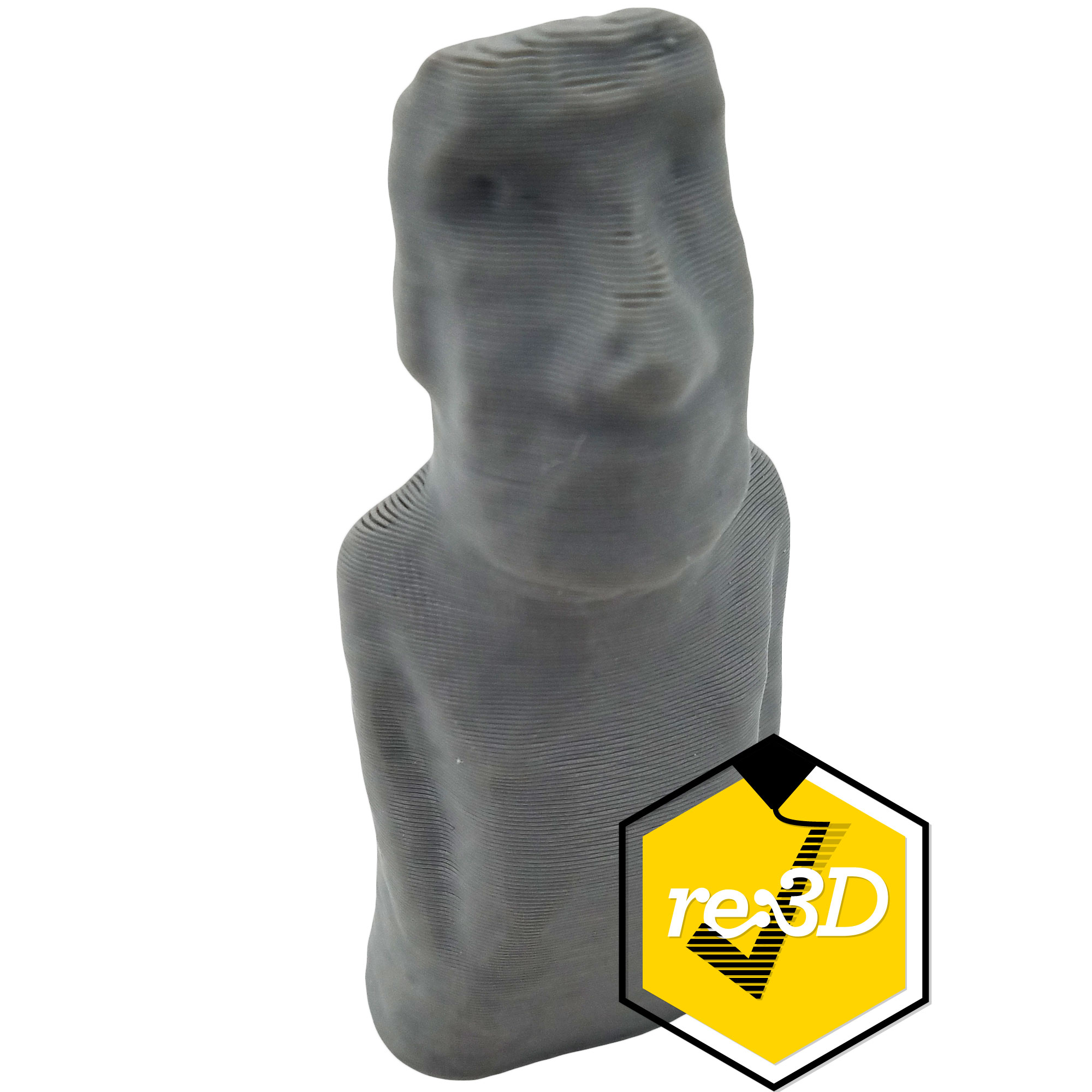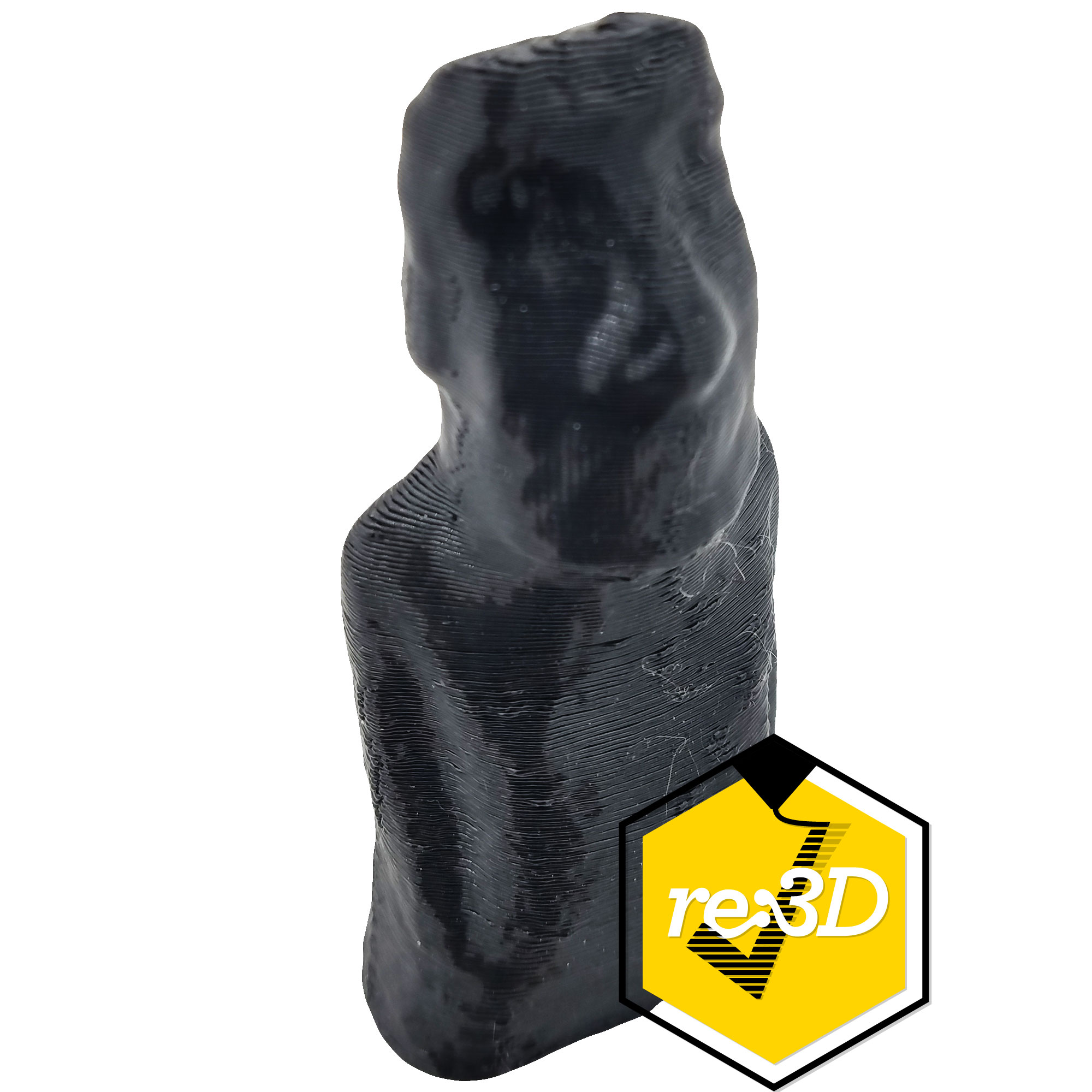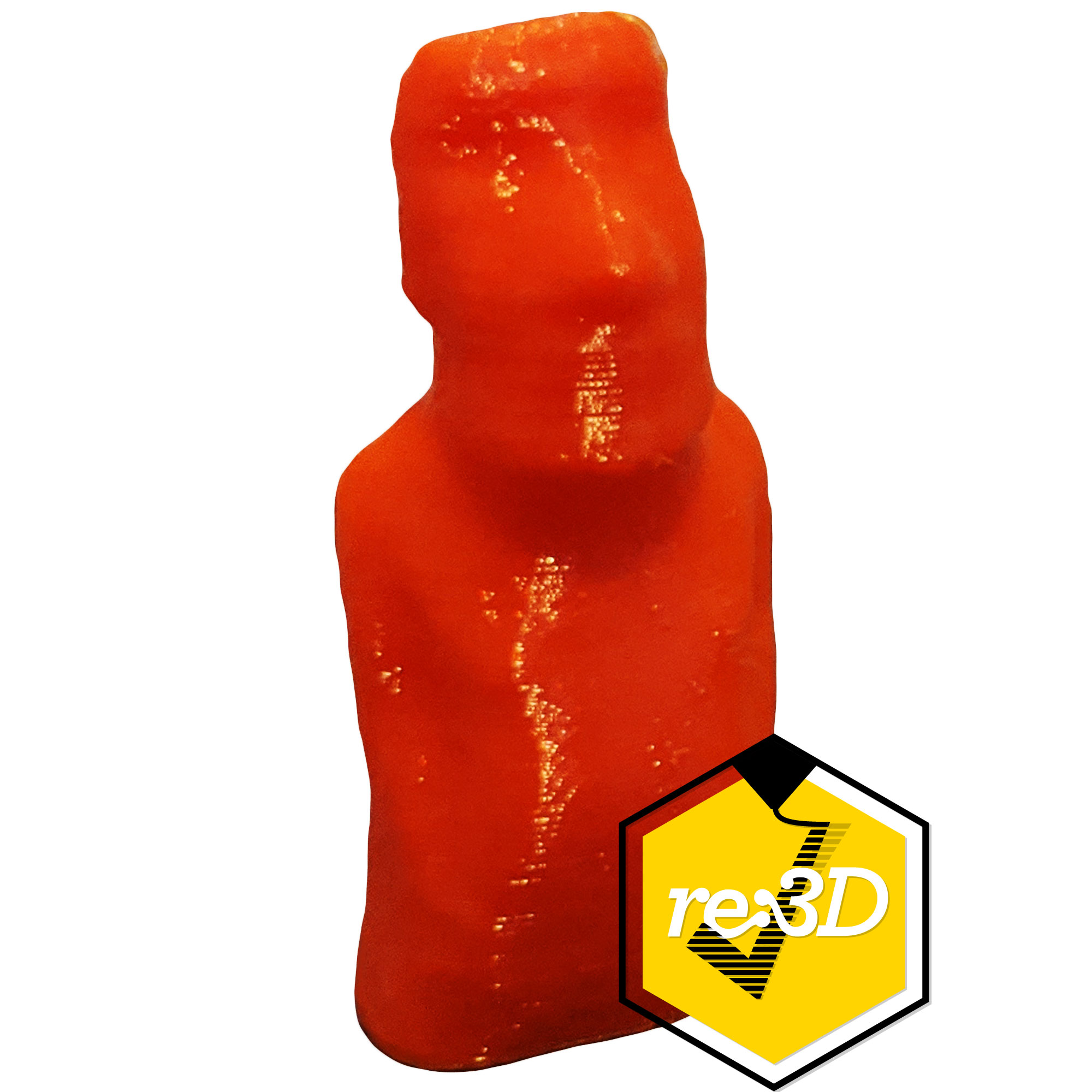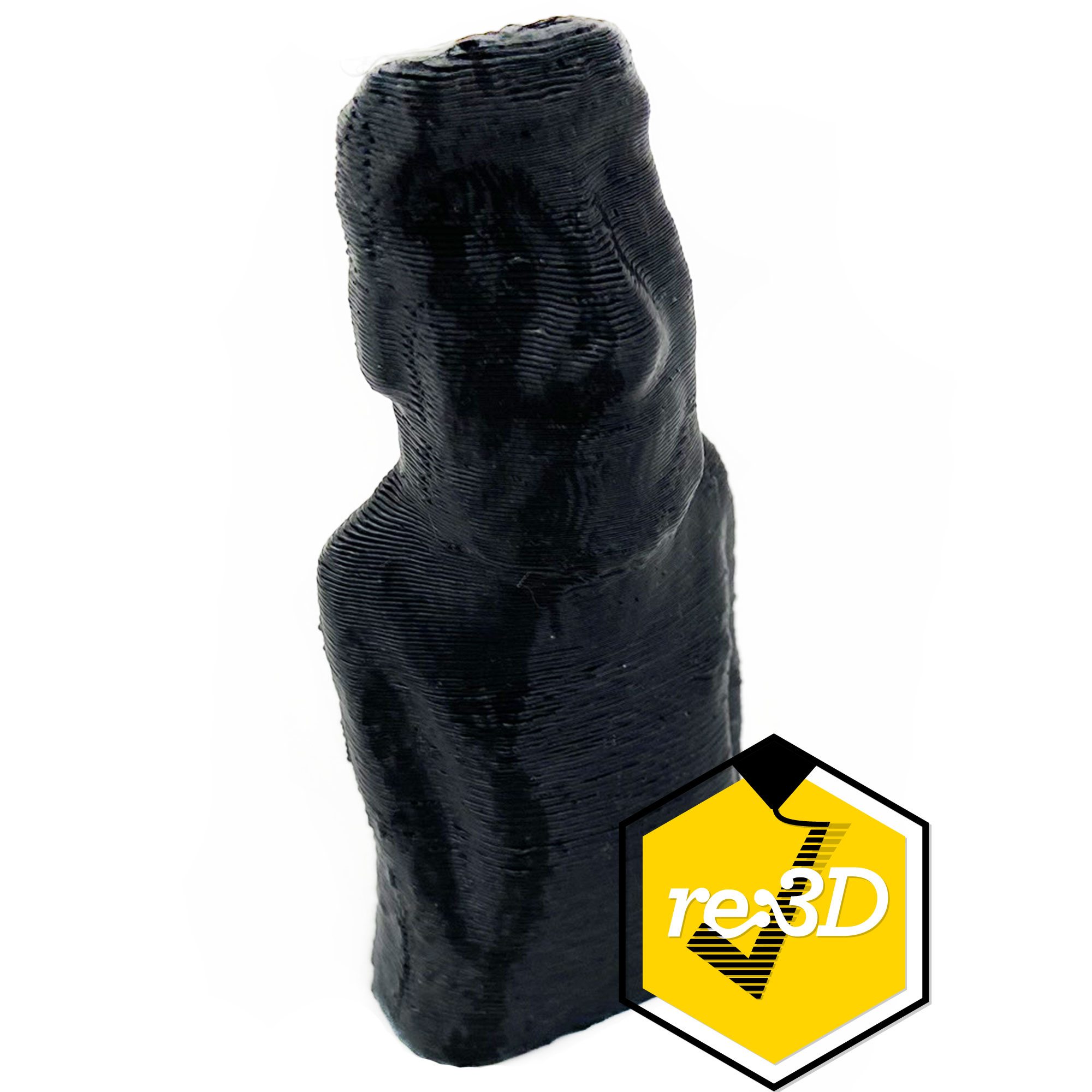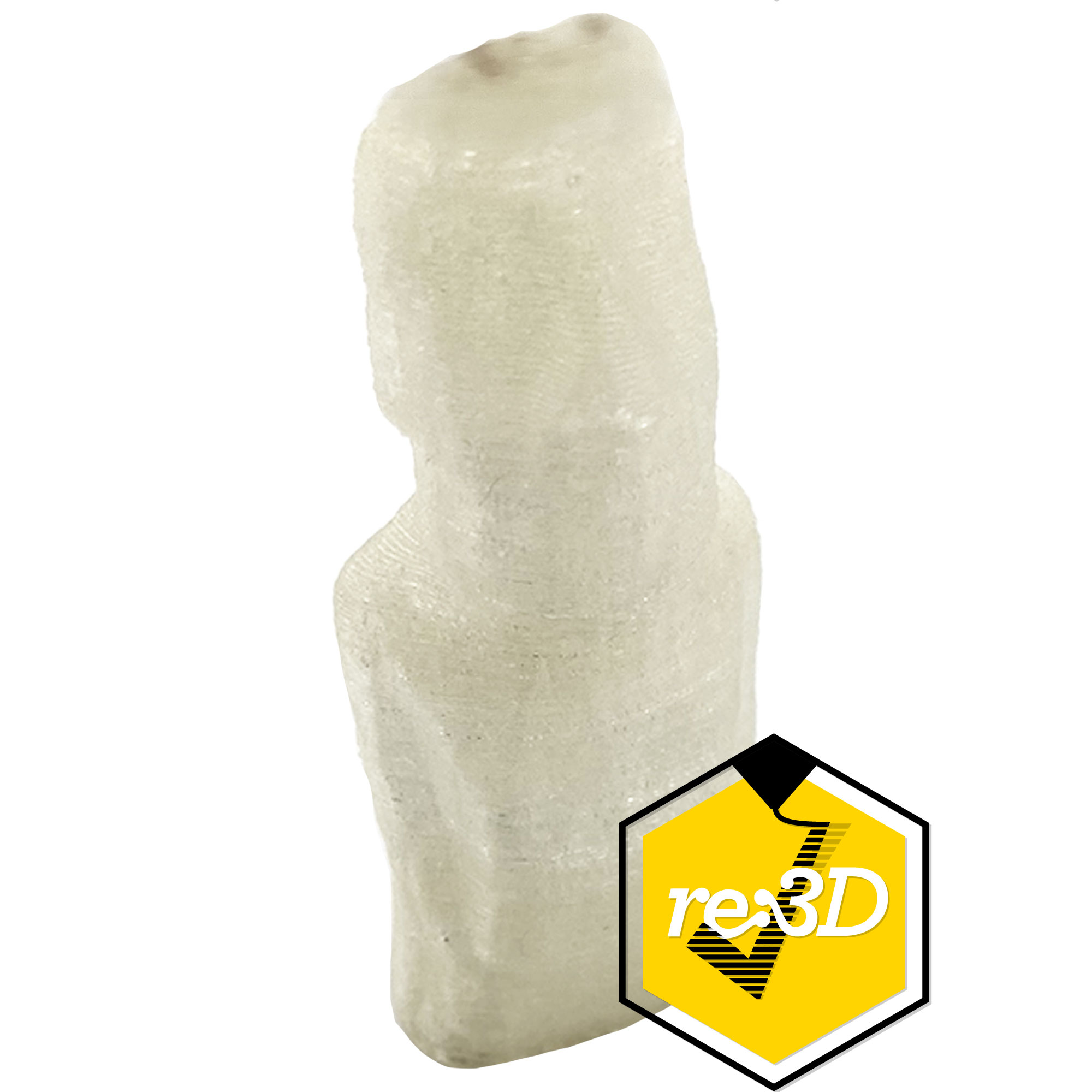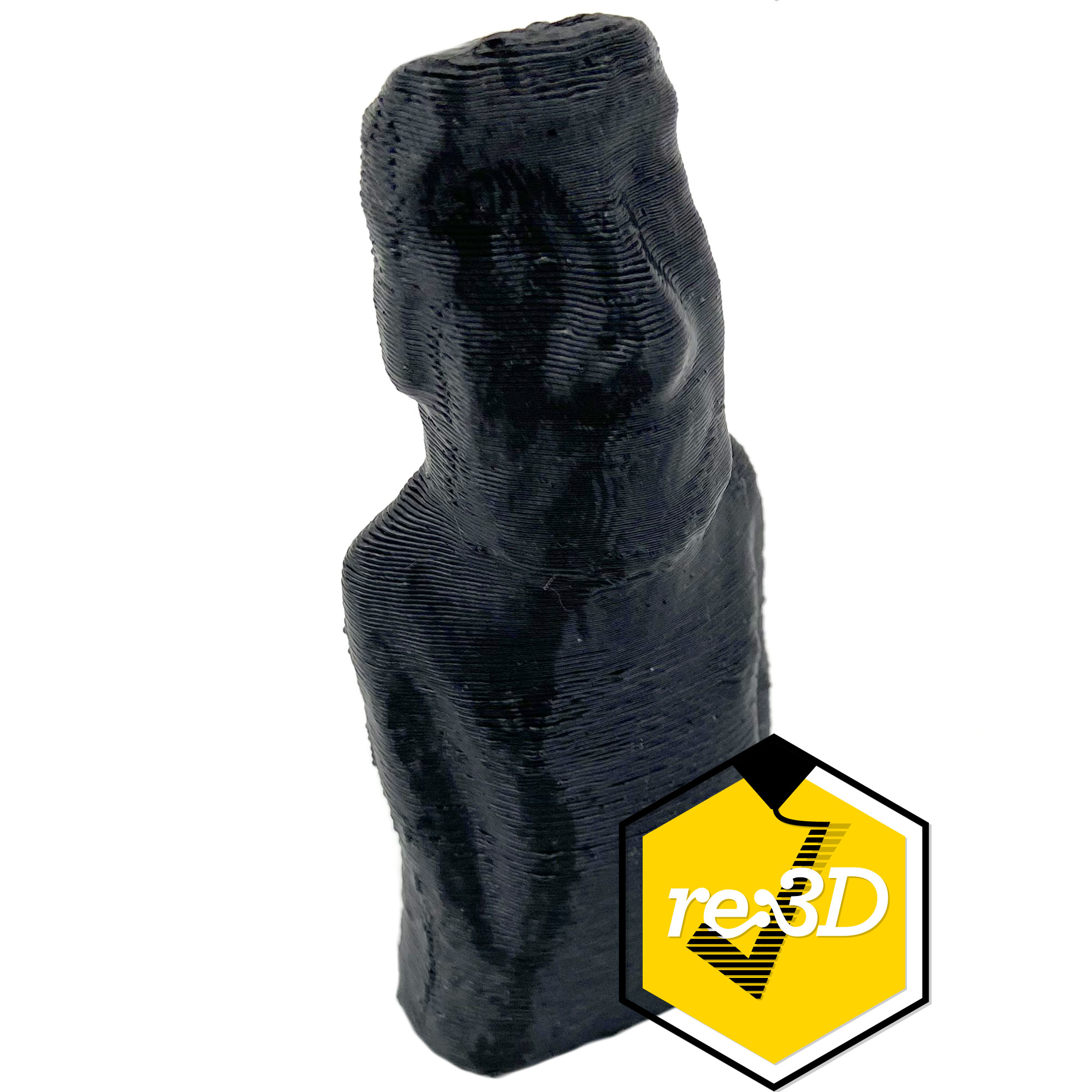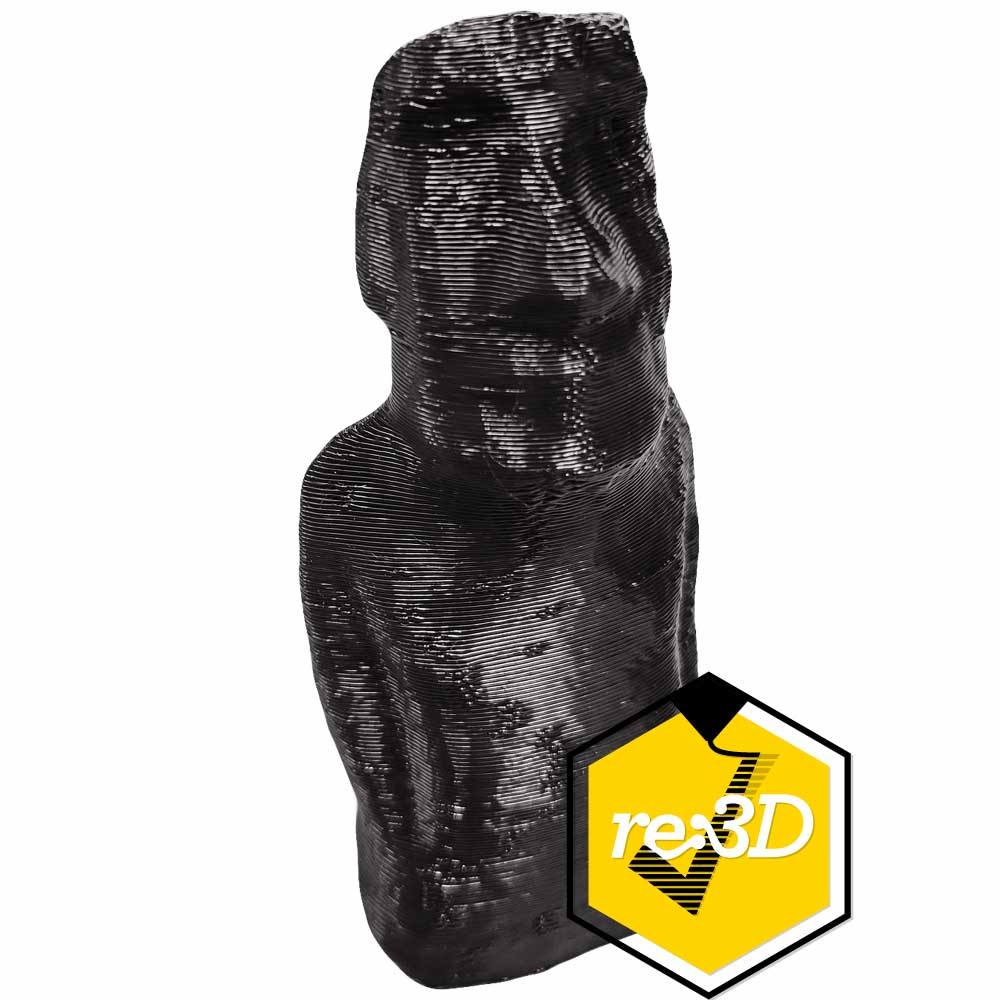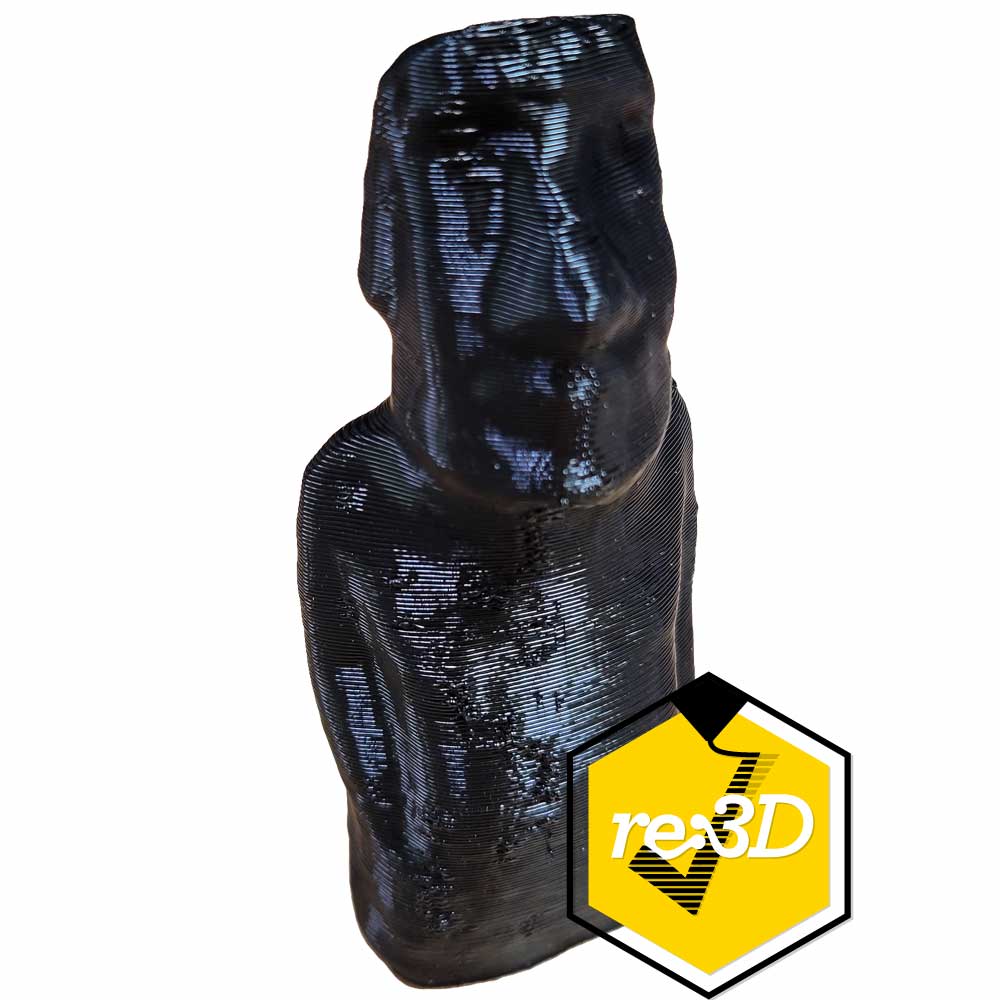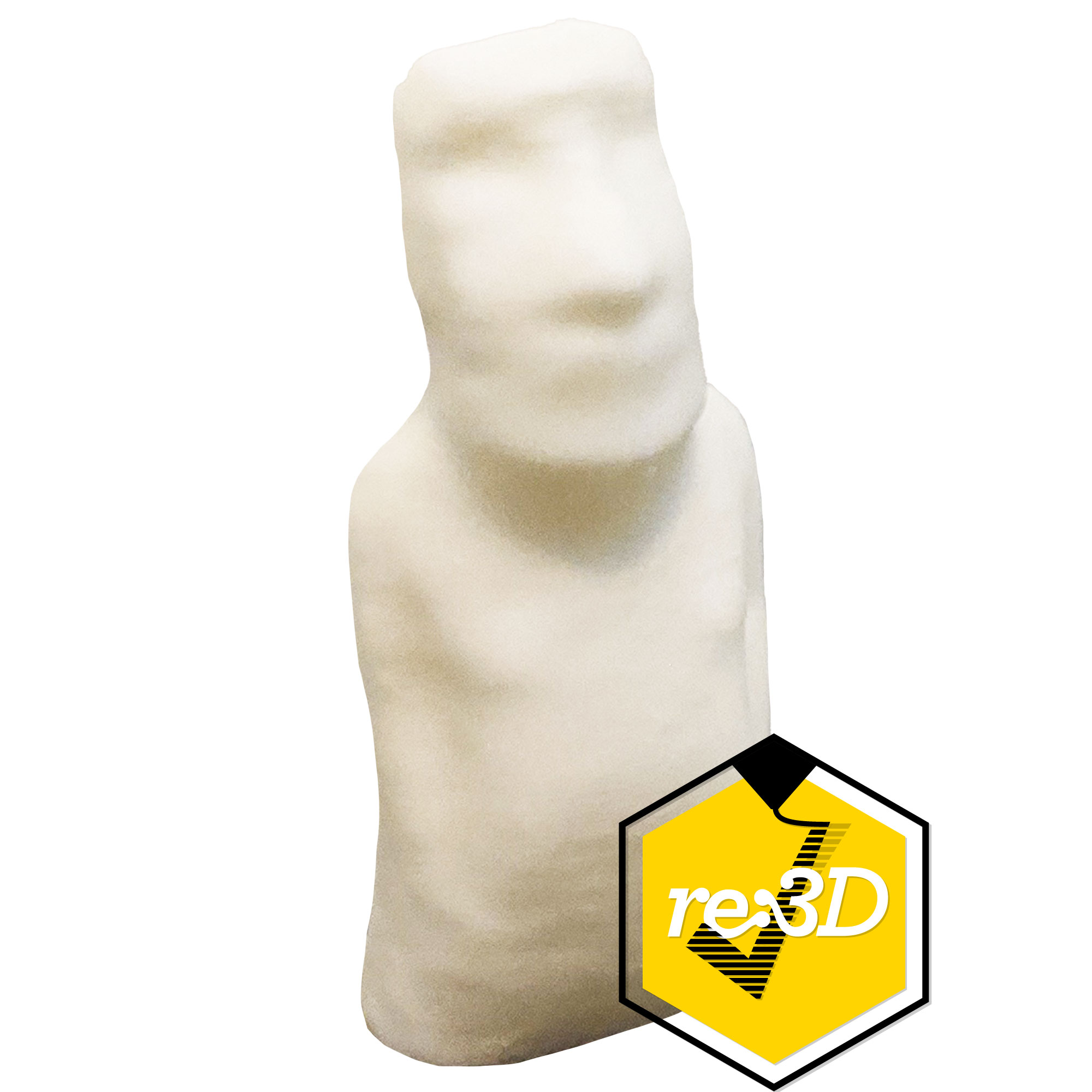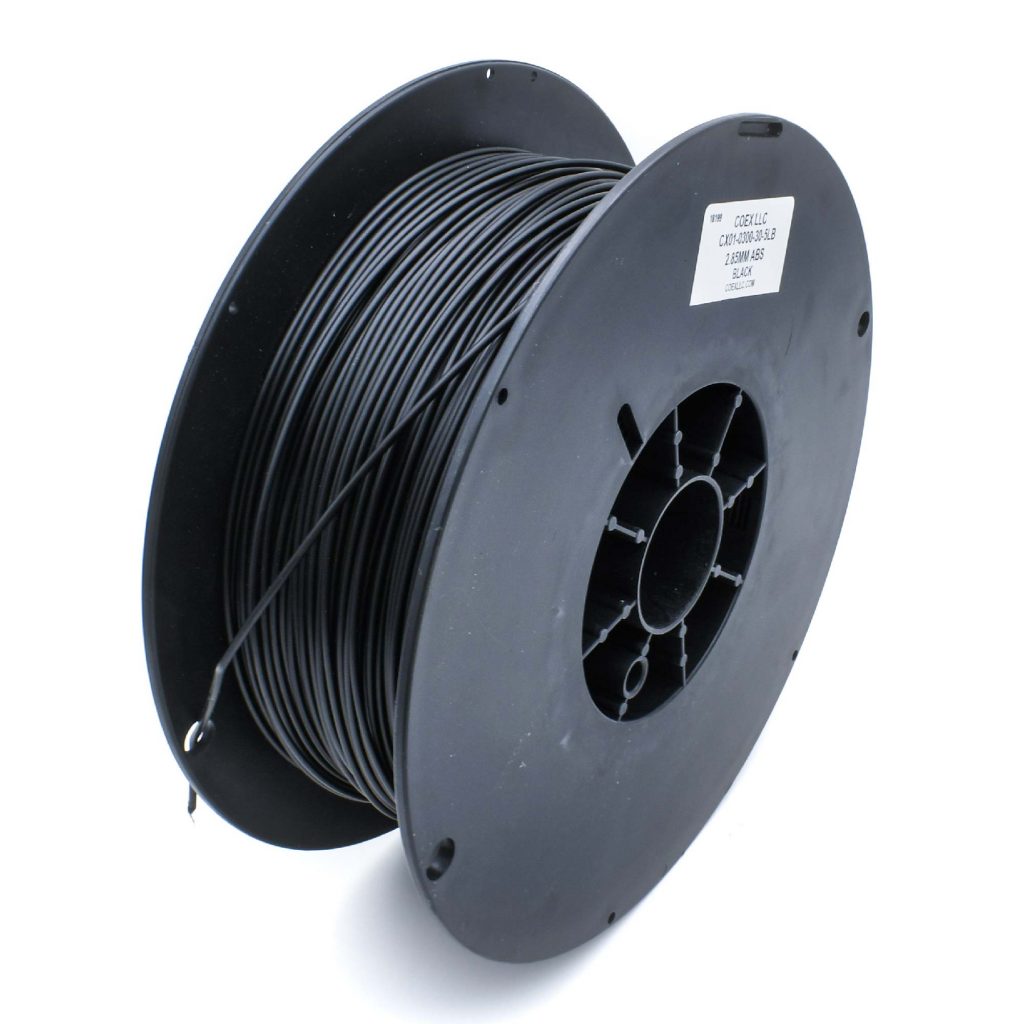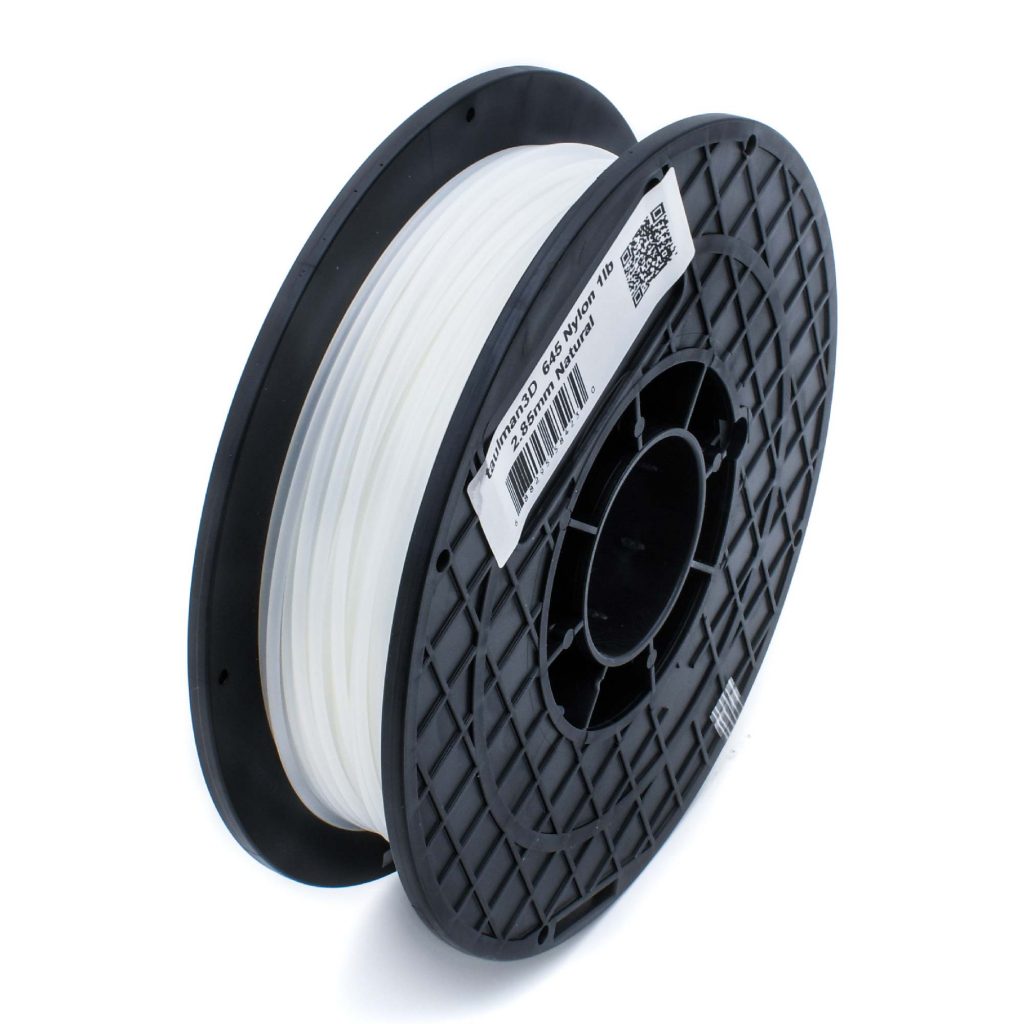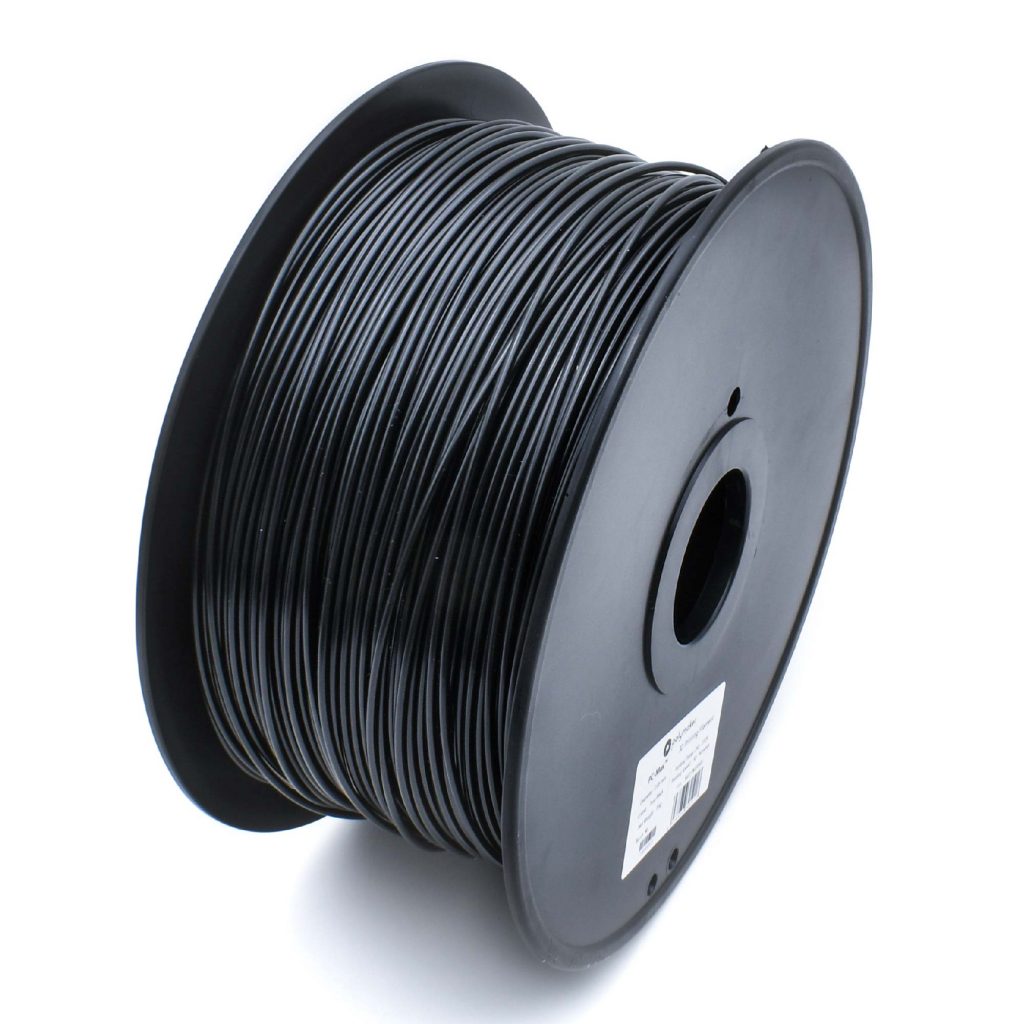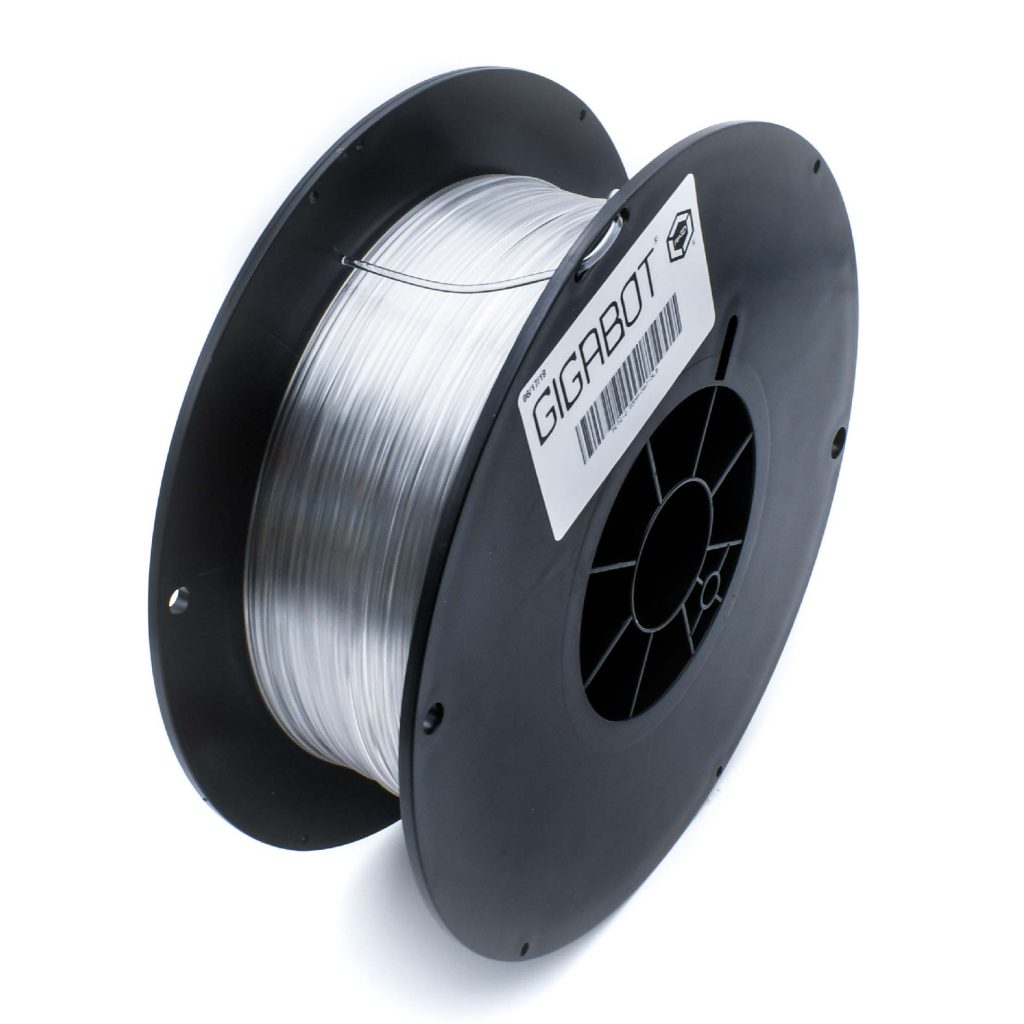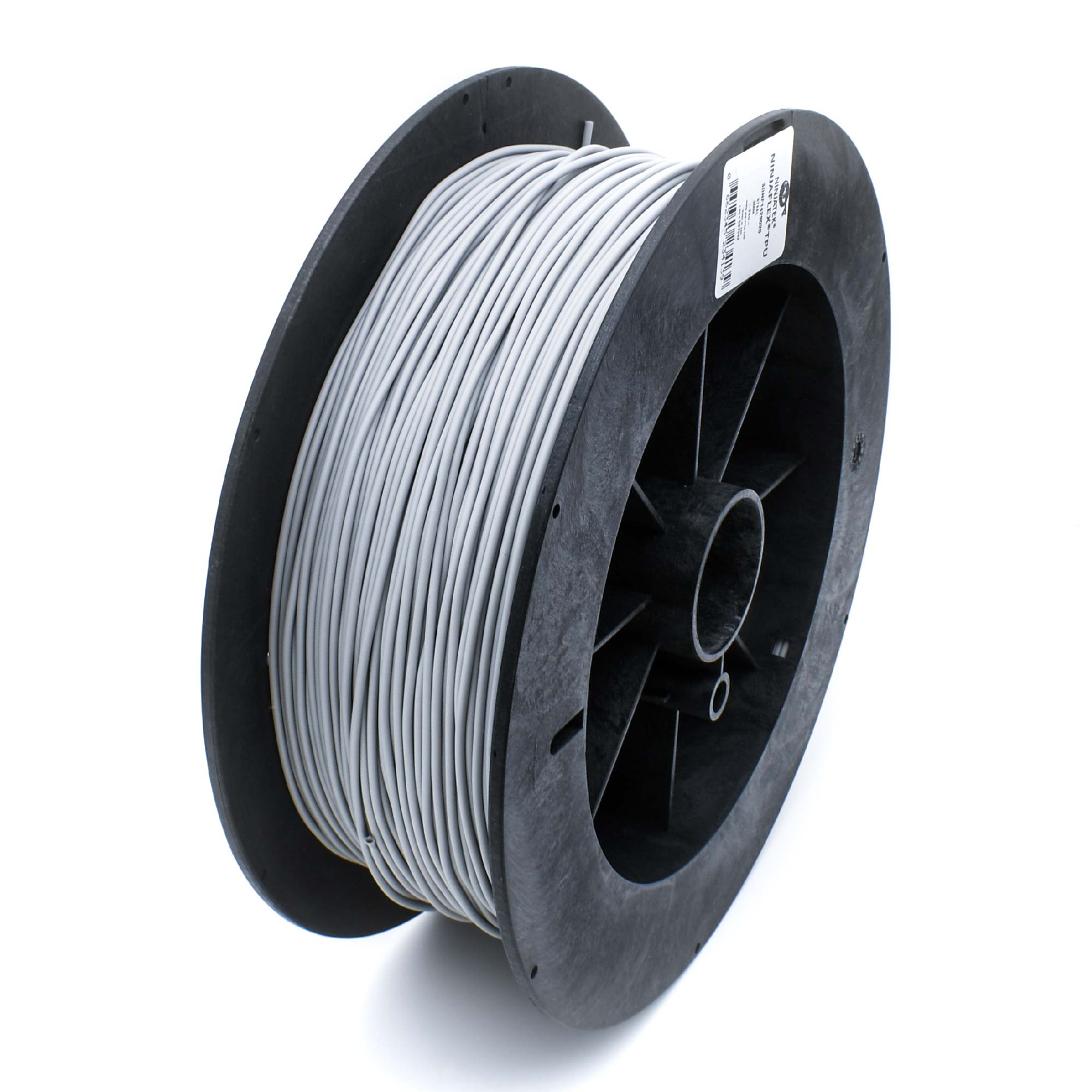
Flexibles
Thermoplastic Polyurethanes (TPU) are a category of materials that feature rubber-like mechanical properties. Parts made from TPU tend to stretch and flex easily while maintaining their original shape. This unique property of TPU enables it to fulfill a variety of applications that require flexibility. Though flexible, TPU is a tough material. It features a hardness that is comparable to PETG depending on the specific TPU used. This makes it as useful in harsher industrial applications as it is in gentler environments. When flexibility is key, TPU is the best material for the job.
TPU’s flexibility is the driver for most of its applications. This flexibility comes into great use in footwear where a cushion is needed for a shoe’s sole. Wheels and tires are another example where TPU’s flexibility shines. TPU is a good choice for phone cases and handles by providing a softer grip and a dampening effect. In industrial uses, TPU excels for grommets and dampers where traditional rubber is too weak. TPU’s hardness and flexibility enable dampers and grommets to endure for a long time.
- Footwear
- Wheels and Tires
- Phone Case
- Handles
- Grommets and Dampers
- Gaskets
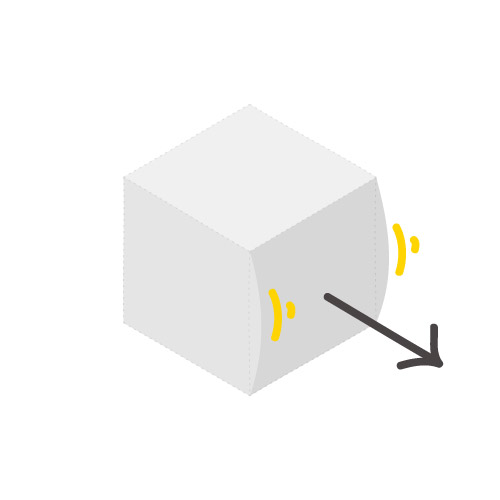
Young's Modulus
26 MPa
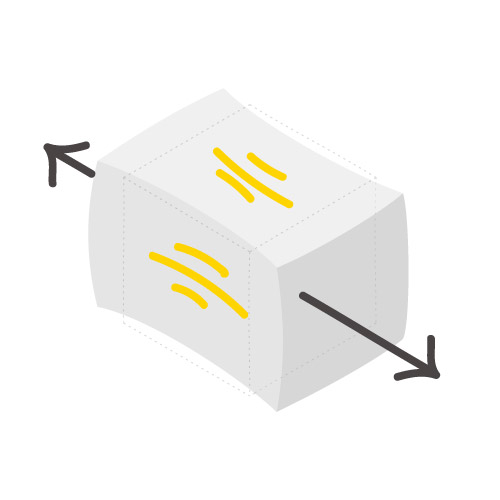
Tensile Elongation
580 %
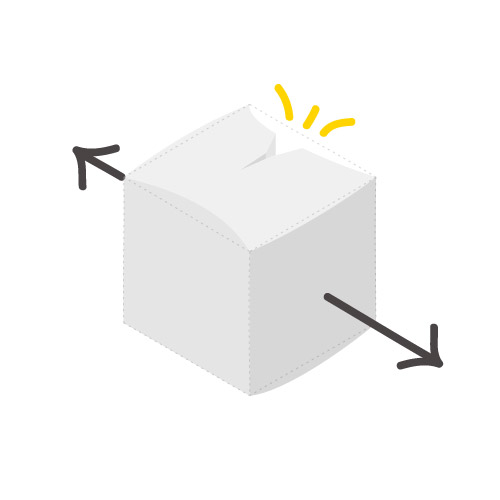
Ultimate Tensile Strength
39 Mpa

Notched Izod Impact Strength
19.1 J/m
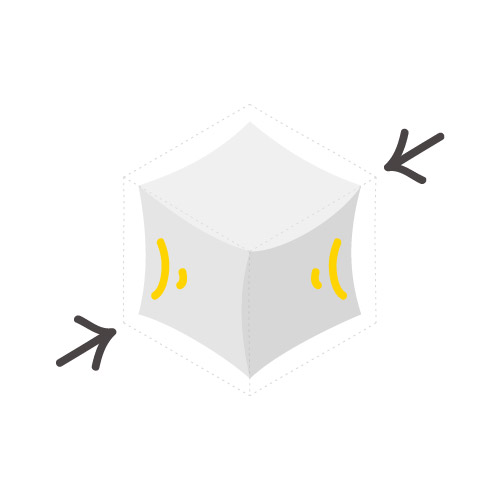
Shrinkage Rate below 0.5%
-

Glass Transition Temperature
-24 ºC

Heat Distortion (0.45MPa)
49 ºC

Decomposition Temperature
-

Extruder Temperature
225 - 240 ºC
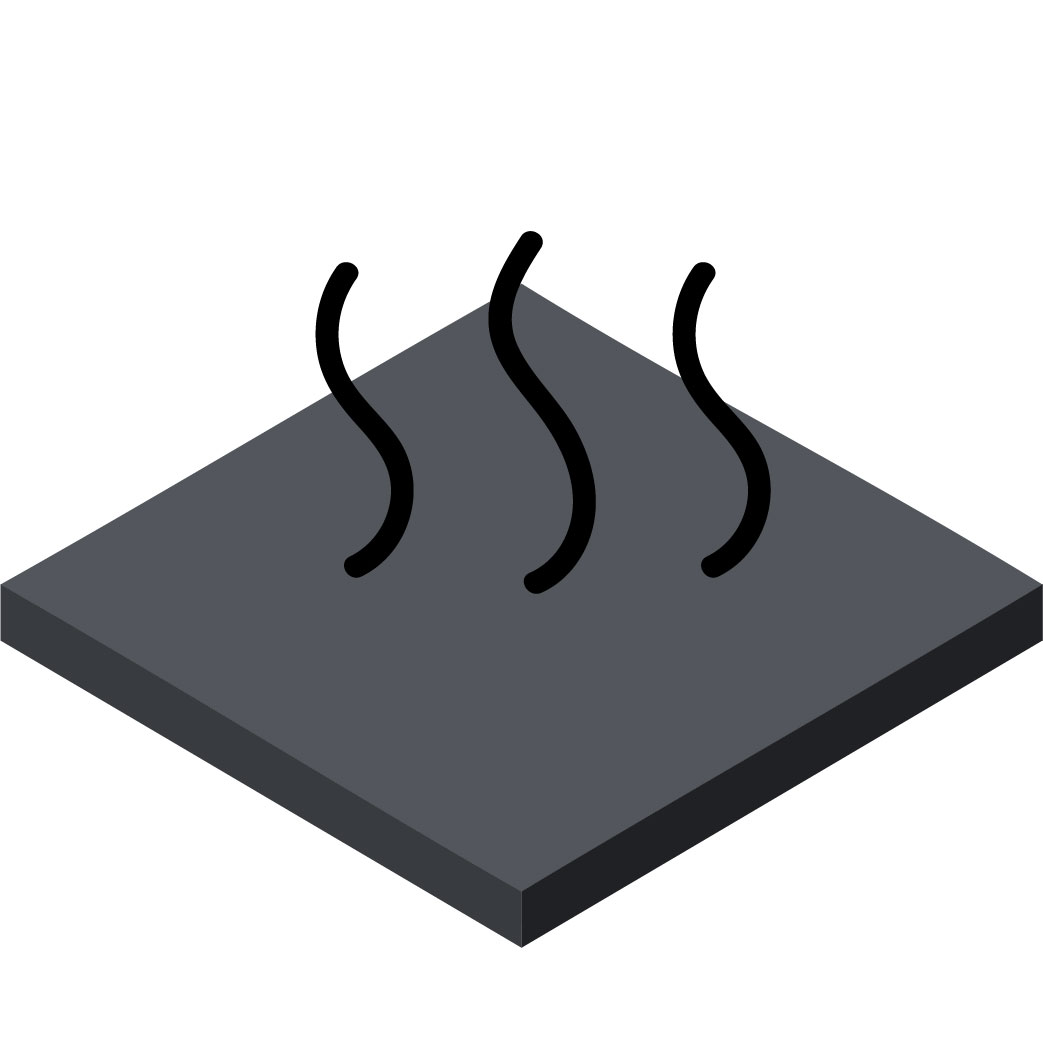
Heated Bed Temperature
45 - 60 ºC
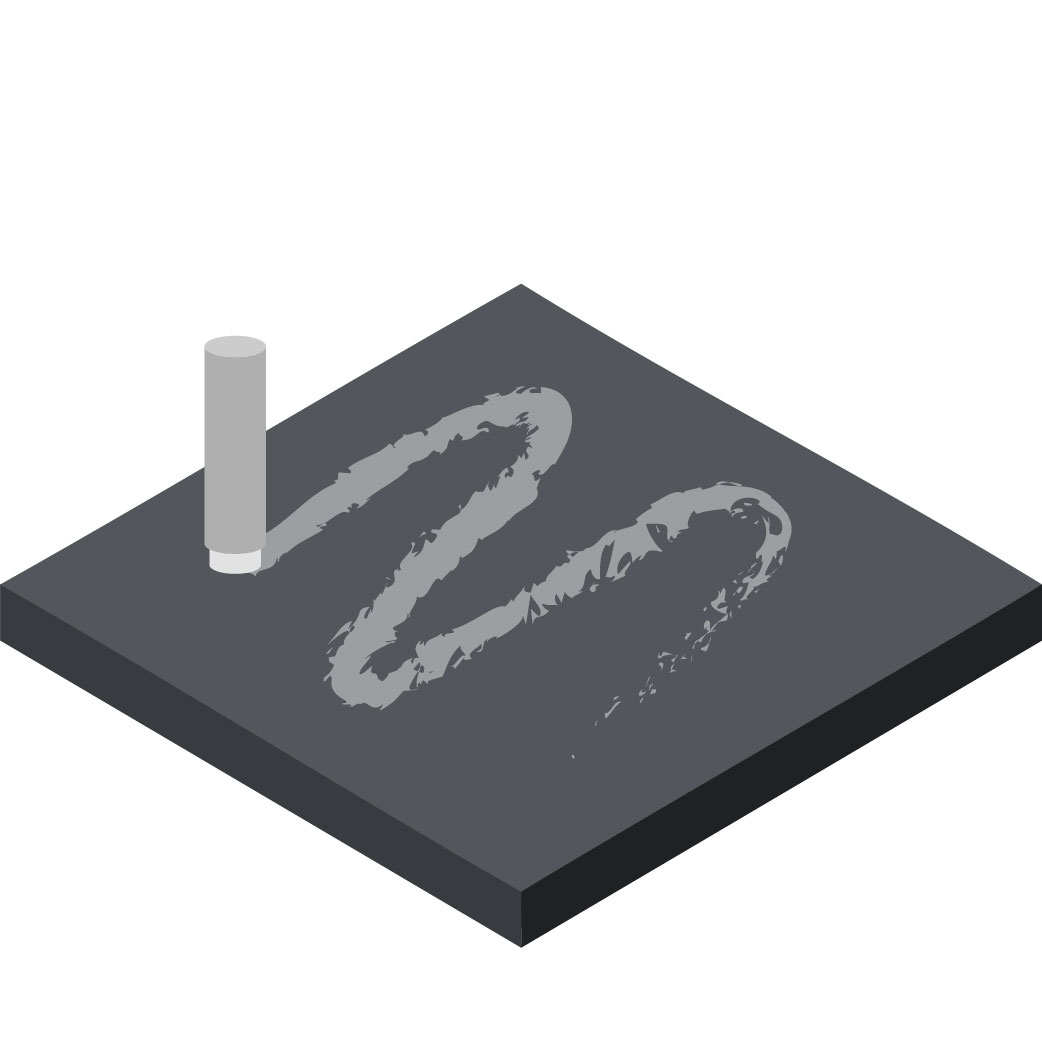
Bed Adhesion
Glue Stick - Optional

Enclosure
No

Fans
On
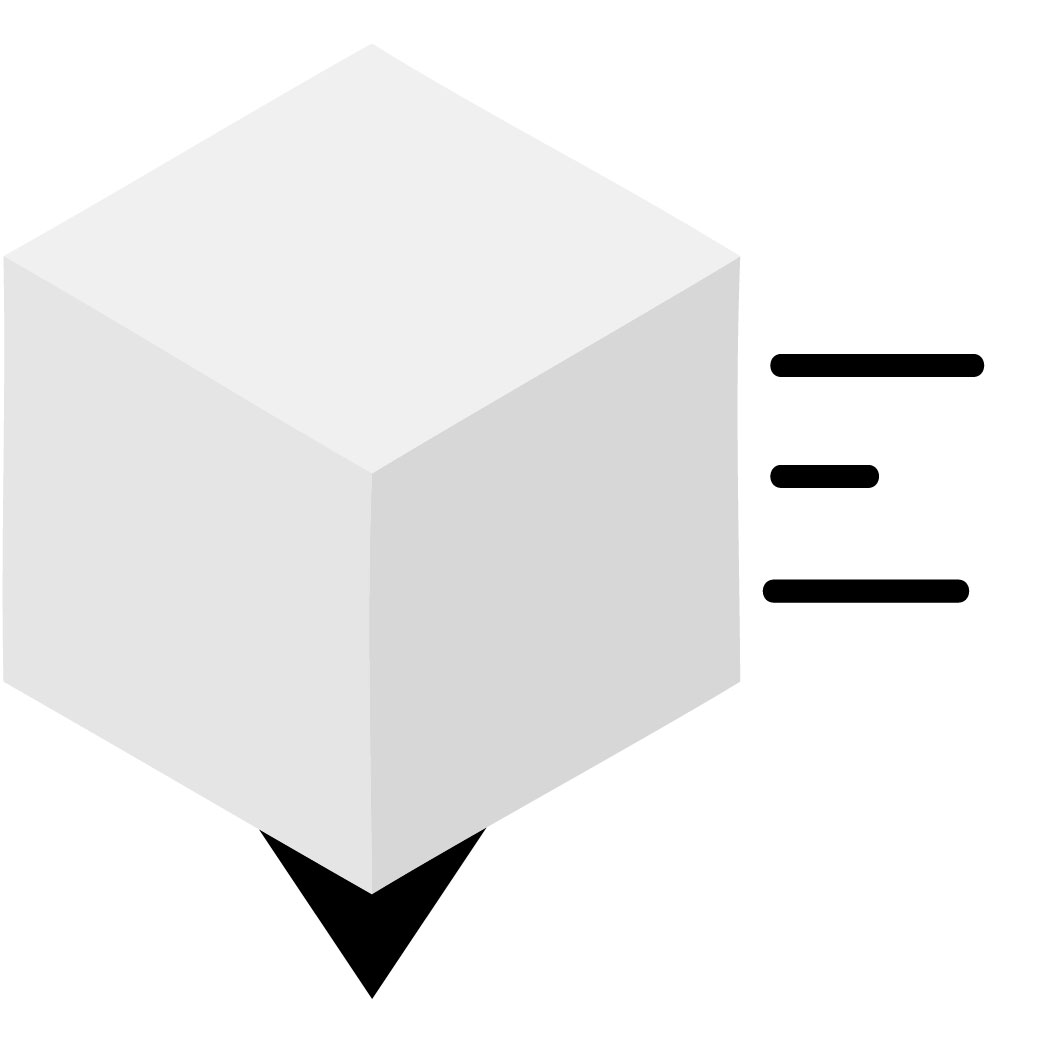
Printing Speed
3,000 mm/min
TPU recycling does exist, but the ability to recycle 3D printed TPU parts remains uninvestigated. Usually TPU recycling involves breaking down a specific TPU product and reusing its material in the same application it came from. For example, polyurethane foam from mattresses tends to be recycled into new mattresses.
